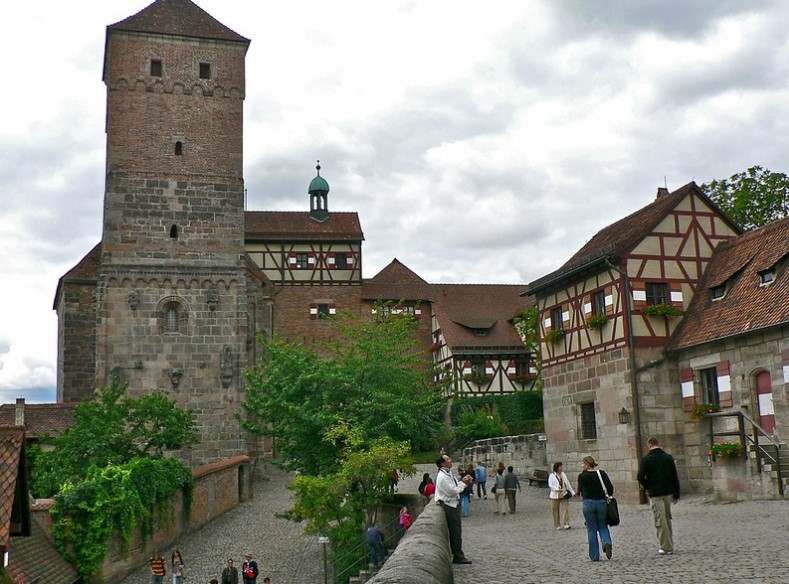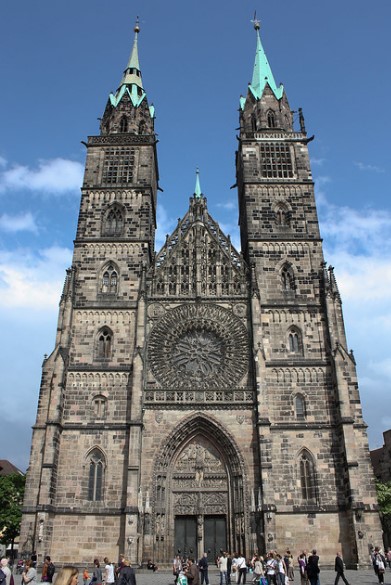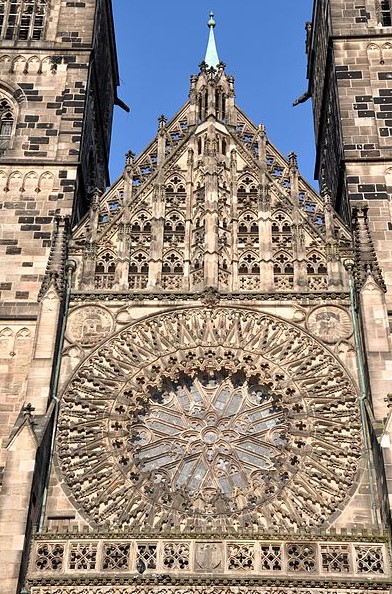Introduction
Nürnberg is the second-largest city in Bavaria, German Federal state. It is among the most popular tourist destination in Germany. It was among the important and developing cities as early as 500 years ago, as it used to be the undeclared capital of the Holy Roman Empire and the German Kings used to keep their crowns there. It was the magnet for famous artists, but the second world war destroyed it nightmarishly. After the war, the town was rebuilt on the medieval Bavarian theme. Now it is the astonishingly energetic place where the nightlife is intense and beer is black enough to beat coffee. There are many historically important places which prove to be amazing attractions for the people who visit Nürnberg. It is always alive with the tourist, especially during Christmas. We are going to introduce you a few beautiful attractions, which makes the only fraction of the total beauty of Nürnberg, that you should visit whenever you go to Germany.
1. Nazi Rally Ground
This momentous structure is among the remains of the Nazi Regime, where you can see the materialization of architectural and ideological perspectives of Adolf Hitler. The half-built Congress hall is the vivid remain of the period, which is designed to accommodate 50,000 visitors. There are 19 thematic exhibitions to represent the face of Nazi Germany, and “Fascination and Horror” is the most popular among the tourist who chooses to visit Nürnberg.
2. The Imperial Castle of the Nürnberg
It is among the only few cities that are still completely walled on the medieval themes. And to the amaze of the people, who visit Nürnberg for its historical importance, 90% of the wall is still intact. As soon as you leave the train, you will notice this mighty red sandstone wall. The high erected towers are the witness of the fortification that once surrounded this beautiful town. This impressive fortification is known to be the most important surviving Medieval fortress in the whole of Europe, which was the residence of the legitimate kings of Germany from 1050 to 1571.

3. National German Museum
This museum features the country’s largest collection of German art and culture. it homes 1.3 million items which represent the regions’ regal aesthetic and cultural history. There are documents on parchment, a collection of 17,000 seals, an astonishing fine-arts archive, 300,000 prints and drawings, historical musical instruments, a collection of sculptures, a fascinating exhibition of antique toys and dollhouse. It is always fun for the people, who visit Nürnberg, to explore this building which is a beautiful amalgamation of historical and modern architecture. On the way to the museum, you will find The Way of Human Rights, a street dedicated to world peace.
4. St. Lawrence Church
Staring at you, from behind the Lorenzer Plats, the majestic, twin-towered 14th-century gothic church of St. Lawrence is the City’s largest church. Its distinguishing feature is the large rose window, that is 9 meters in diameter and is located above the ravishing west doorway. The church has many lavish artworks, which are mostly given by the city’s elite class over the centuries. One of such art piece is the Annunciation that is a sculpture by Viet Stoss in 1517.

5. The Hauptmarkt
Hauptmarkt is the home to the rightly named, 14th-century, “Beautiful Fountain” with its charming decoration and figures. It is believed that touching the fountain’s famous gold ring brings good luck. Here you will find the Old Town Hall that was built in 1616 and is famous for magnificent doorways, dungeon, and torture chambers. There is another known fountain, the Gänsemännchen, that represent a Franconian peasant carrying two geese, with water flowing from their beaks, There holds a two-week extravagant Christmas Market, which is trended by more than a million visitors. The market place transforms by festivities and lightening, stands of ornaments, foods, and gifts.
6. The Church of Our Lady
The Church of Our Lady was built in 1352. It is a glorious gothic landmark which you cannot miss when you visit Nürnberg. The building is rich with stunning details like the beautiful Männleinlaufen, that is a beautiful old clock with mechanical figures depicting seven Electors pacing around Emperor Charles IV. Other must-see features of the interior include the Tuchur Alter and the two handsome monuments by Adam Kraft.
7. Nürnberg Zoo
If you visit Nürnberg with kids it will be a fun thing to see the Nürnberg zoo. This is one of the largest zoos in Europe that homes more than 2000 animals belonging to above 300 species. This tremendous attraction was opened in 1912, but has its roots in the medieval era, when the exotic animals were brought from all over the world to appease the local aristocrats. Here you come across the Siberian tigers, Asiatic Lions, Snow Leopards, Lowland Gorillas, and African Buffalo. The zoo is itself very beautiful with encloses that reflect natural habitats and landscapes, lush greenery and many life-size bronze animal sculptures.
8. The Hospital of the Holy Spirits
Only if you visit Nürnberg you can see one of the largest hospitals from the middle ages still standing. It was established between 1332 and 1339 by the wealthy patrician Konrad Gross for the needy and elderly people of the society. It is the largest private institution of the Holy Roman Empire. It is another key structure of the German culture in Nürnberg. The hospital burned to ashes almost during WWII, but the rebuilding makes it another attraction for the tourists coming to the Nürnberg.
Conclusion
Whenever you visit Germany, don’t even dare to skip the visit to this beautiful town, which is a point to depict the majestic medieval culture, horrific Nazi Germany, merge of gothic and modern architecture, soulful nightlife and delicious food. On this single destination, you can live a life from the glory of the Holy Roman Empire through the heart-wrenching times of WWII to the 21st century of modern technology and cultural development.
Next article is about most romantic towns in France.
